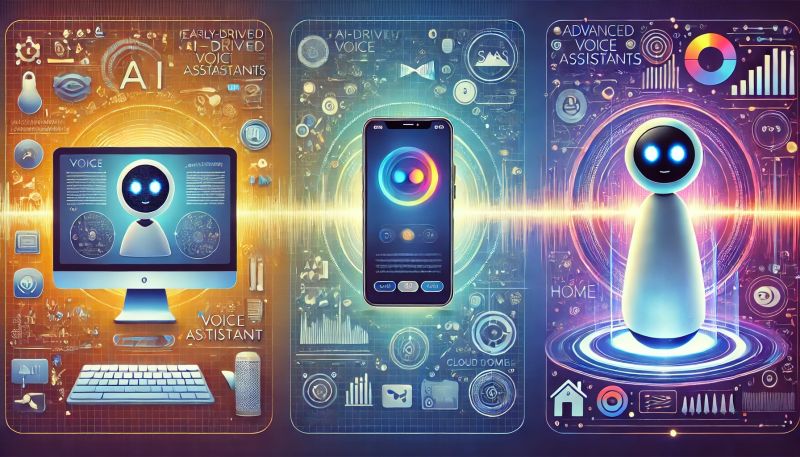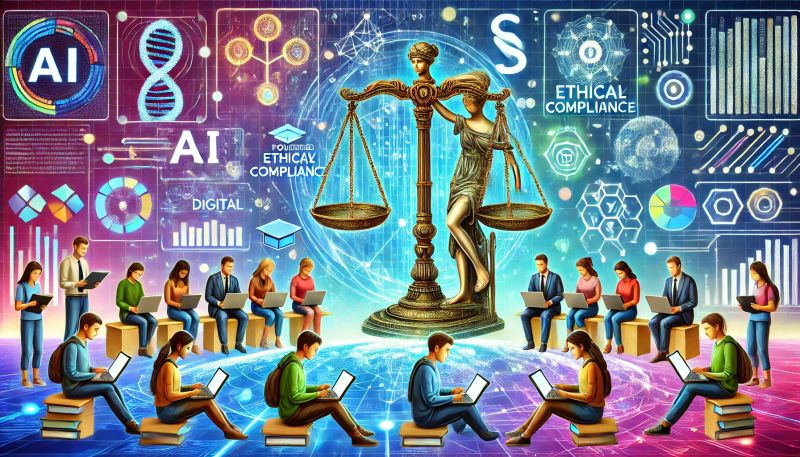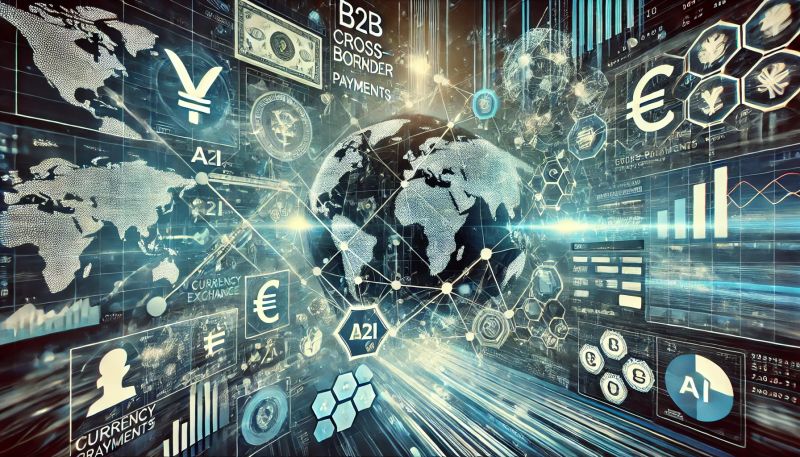The fintech industry operates in a landscape of rapid change, driven by evolving customer expectations and technological advancements. To meet the demands of today’s consumers, fintech startups leverage artificial intelligence (AI) to design hyper-personalized financial products. By analyzing customer behavior, preferences, and needs, AI enables the creation of innovative solutions that align with tomorrow’s financial challenges. This blog explores how AI empowers fintech companies to stay ahead in an increasingly dynamic market.
Understanding Hyper-Personalization in Fintech
Hyper-personalization in fintech refers to tailoring financial products and services to individual customer profiles. Unlike traditional approaches that segment users based on broad demographics, hyper-personalization uses AI to analyze granular data, such as spending habits, investment preferences, and risk tolerance. This allows fintech companies to deliver products that resonate with individual users, creating a more engaging and relevant customer experience.
For example, a fintech platform might analyze a user’s transaction history and recommend a savings plan tailored to their income, expenses, and financial goals. This level of customization enhances customer satisfaction and builds loyalty.
The Role of AI in Designing Financial Products
Data-Driven Insights
AI processes vast amounts of customer data to uncover actionable insights. By analyzing patterns in spending, saving, and borrowing behaviors, AI helps fintech startups identify unmet customer needs and design products that address them effectively.
For instance, AI algorithms can detect that a specific group of users struggles with managing irregular income. Based on this insight, the platform might develop a flexible budgeting tool that adapts to variable earnings.
Predictive Analytics
Predictive analytics allows fintech companies to anticipate customer needs before they arise. By studying historical data, AI predicts future behaviors, such as when a customer might require a loan or start saving for a major expense. This predictive capability enables the creation of preemptive solutions, such as offering a pre-approved loan or a personalized savings plan at the right moment, enhancing user satisfaction and trust.
Dynamic Risk Assessment
Traditional risk assessment models often rely on static criteria, limiting their accuracy. AI improves risk evaluation by incorporating real-time data and behavioral analytics, allowing for dynamic and precise assessments. For example, AI can assess creditworthiness by analyzing not only credit scores but also factors like social media behavior, payment patterns, and even smartphone usage. This nuanced approach enables fintech startups to design loan products that serve a broader audience, including underbanked populations.
Conversational AI for Financial Guidance
AI-powered chatbots and virtual assistants provide users with personalized financial advice in real-time. These tools guide customers through complex decisions, such as choosing investment portfolios or managing debt, by analyzing individual circumstances. For instance, a virtual assistant might suggest reallocating funds to high-yield savings accounts based on a user’s financial goals and current market conditions.
Meeting Evolving Customer Expectations
Today’s customers expect financial products that are easy to use, transparent, and aligned with their values. AI enables fintech startups to meet these expectations by:
Streamlining User Experience: AI simplifies onboarding processes, automates form-filling, and offers intuitive interfaces that make financial tools accessible to all users.
Promoting Financial Inclusion: AI-powered solutions cater to underbanked populations by providing products designed for their specific needs, such as microloans or mobile banking services.
Aligning with ESG Values: Customers increasingly prioritize financial products that align with environmental, social, and governance (ESG) principles. AI helps fintech startups design sustainable investment portfolios and green finance options that reflect these values.
Challenges in Leveraging AI for Fintech
While AI offers transformative potential, its implementation comes with challenges. Data privacy remains a significant concern, as fintech companies must handle sensitive customer information responsibly. Ensuring compliance with data protection regulations, such as GDPR and CCPA, is critical.
Additionally, building trust in AI-driven products requires transparency. Customers need to understand how decisions, such as loan approvals or investment recommendations, are made. Explainable AI (XAI) addresses this issue by providing clear explanations for AI-generated outcomes.
The Future of AI in Fintech Product Design
As AI technology continues to evolve, its role in fintech will expand further. Future innovations may include:
Real-Time Financial Ecosystems: AI could integrate seamlessly with IoT devices, enabling real-time financial management based on contextual data, such as location or weather conditions.
Deeper Personalization with Behavioral AI: Advanced AI models may analyze emotional and psychological factors, offering even more personalized financial advice.
Collaborative AI Platforms: Open banking initiatives may leverage AI to create collaborative platforms where multiple providers design cohesive financial ecosystems tailored to individual users.
Conclusion
AI drives creativity and innovation in fintech, enabling startups to design hyper-personalized financial products that meet evolving customer expectations. From predictive analytics to dynamic risk assessment, AI empowers businesses to deliver tailored solutions that enhance user experience, promote financial inclusion, and build long-term loyalty.
As technology advances, fintech startups that embrace AI will not only stay competitive but also shape the future of finance, offering products that resonate with the diverse needs of tomorrow’s consumers.
#Fintech #AI #Innovation #ENAVC #FinancialServices #VentureCapital











